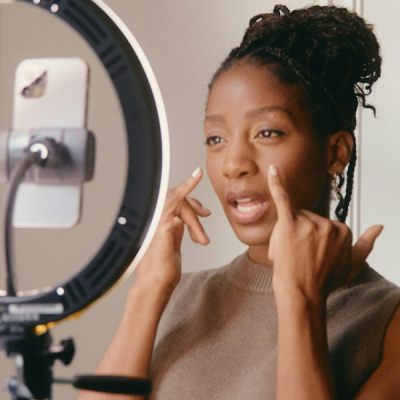Why Ambitious Agencies Should Beware of the ‘Creative Trap’
Creativity ‘by proxy’ is the rarest of qualities, but one which can really make the difference between agencies that scale and those which don’t
Throughout the last decade, ‘creativity’ was widely heralded as the new ‘super’ skill. In 2015, the World Economic Forum interviewed nearly 400 Human Resource directors representing over 13 million employees. According to them, by 2020 creativity would rise from 10th to the 3rd most important workplace skill (behind complex problem solving and critical thinking).
Five years earlier, the creativity’s potential was even more pronounced; according to IBM’s research amongst 1,500 CEOs it was considered the single most important quality for future success.
We have well and truly entered a new decade, and what has happened to the cult of creativity? Now, it’s all about ‘soft’ skills and collaboration; according to research from Cengage – a US edutech firm – the most in-demand talent among employers is now listening skills.
Fine – I’m all in favour of spending more time and energy on the opinions of others, rather than just your own – but what happened to the alchemy that unbridled creativity was supposed to bring to the economy?
In my sector – public relations – the idea of ‘creativity’ was all too often reduced to something more individual and – dare I say it – narcissistic.
Let me explain.
During the previous decade, a new generation of graduates entering the workforce were inspired and motivated like no generation before; according to research from Edelman back in 2012, 67% of millennials considered it a ‘responsibility’ to share feedback on their brand experiences. This confidence extended in turn into the workplace; by 2016 70% millennials believed their personal values were (or should be) shared by the organizations they worked for.
The age of self-expression was upon us; and – quite rightly – everyone’s opinion mattered! All well and good; but what did this ‘micro-opinionism’ – everyone had one . . . – do for creativity?
I believe that it killed it well before its true potential was realized.
In a creative context, the ‘everyone’s opinion counts’ platitude is just that – no one would disagree but it doesn’t actually contribute anything to the process. I’ve seen this at first had in my industry. Like no other, we are – or should be – hard-wired to tell other people’s stories; to make them interesting and relevant to their audiences; to differentiate them and generate a response.
Creativity, when applied in this context, can be a game changer; not necessarily in terms of the story itself – this is invariably a given, particularly on a global context – but how it’s told, how it’s made relevant, which audiences are engaged, and how a response is solicited.
This is what I call creativity ‘by proxy’; the capacity to take someone else’s idea, and make it your own. To take a global campaign, for instance, and – through imagination, empathy, local knowledge and relationships – bring it to life in a market far (in every sense) from away from where it was conceived.
Dove’s campaign for real beauty was originally conceived for the US market (back in 2003); then extended to the UK and beyond. By 2017, the campaign had been implemented in 15 different countries including India, China, the Philippines and Brazil; the same idea, brought to life in multiple cultures and realities. This is the essence of creativity by proxy – or simply, creativity.
The reality I’ve experienced – too many times – is that creativity is reduced to a single idea; typically belonging to a particular ‘creative’ person. Other people’s ideas that didn’t originate from the aforementioned creative person are, somehow, less valid.
This may be the consequence of the ‘micro-opinionisation’ described above, particularly amongst a certain generation entering the workplace in the previous decade. Either way, it’s an abomination and has set the cause of genuine creativity back a generation. In my experience (nearly 30 years including with the of the World’s largest firms) 90% of PR strategy is based on someone else’s campaign idea.
Genuine creativity should not be reduced to the ability to come up with great campaigns. It’s also about taking someone else’s idea and running with it (as if it were your own). It is a very rare talent but – if agencies have global ambitions (or, at least the aim of working with global clients) – absolutely fundamental.
This is why, when recruiting, agencies professing such ambitions should beware of the ‘creative trap’; self-proclaimed ‘creative genius’ full of exciting, innovative ideas. While the latter are always welcomed, a person’s ability to bring other people’s to life is really more important.
Such a consideration is particularly relevant in the case of networked and international accounts where campaigns are given, and the agency role is focused on making them relevant to the media. I’ve seen generations of ‘creative geniuses’ become disillusioned by this situation.
Professionals who are pragmatic and sufficiently open to invest in a given idea to make it work in a local market (in light of the brief, budgets and other constraints) are much harder to come by, but infinitely more valuable to an agency.
These are the types of people who will ensure that creativity realises its true potential in our industry.














